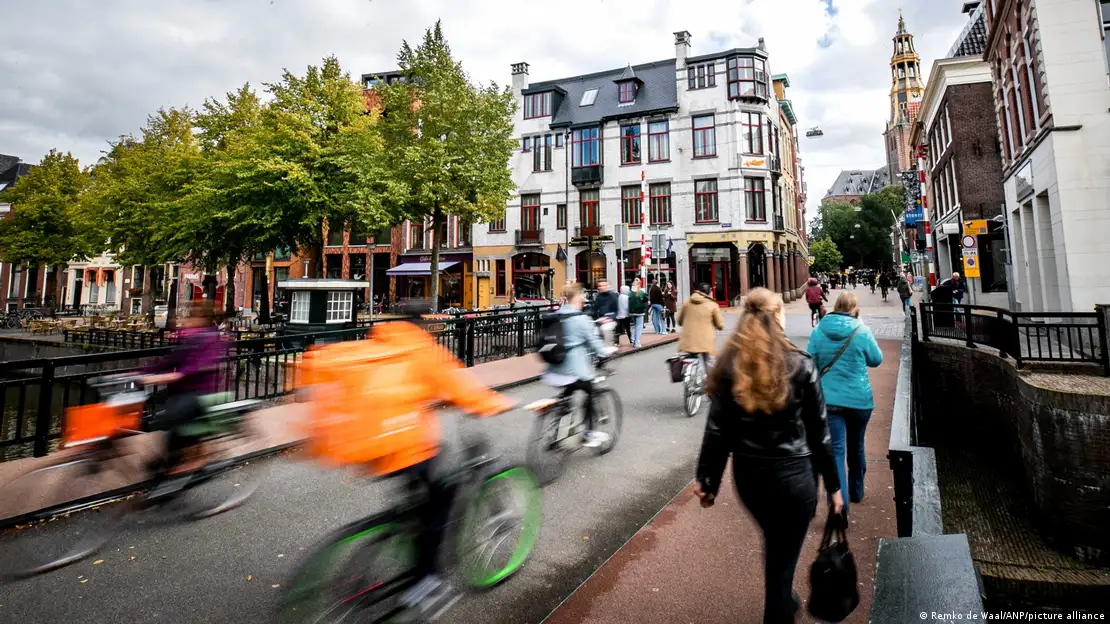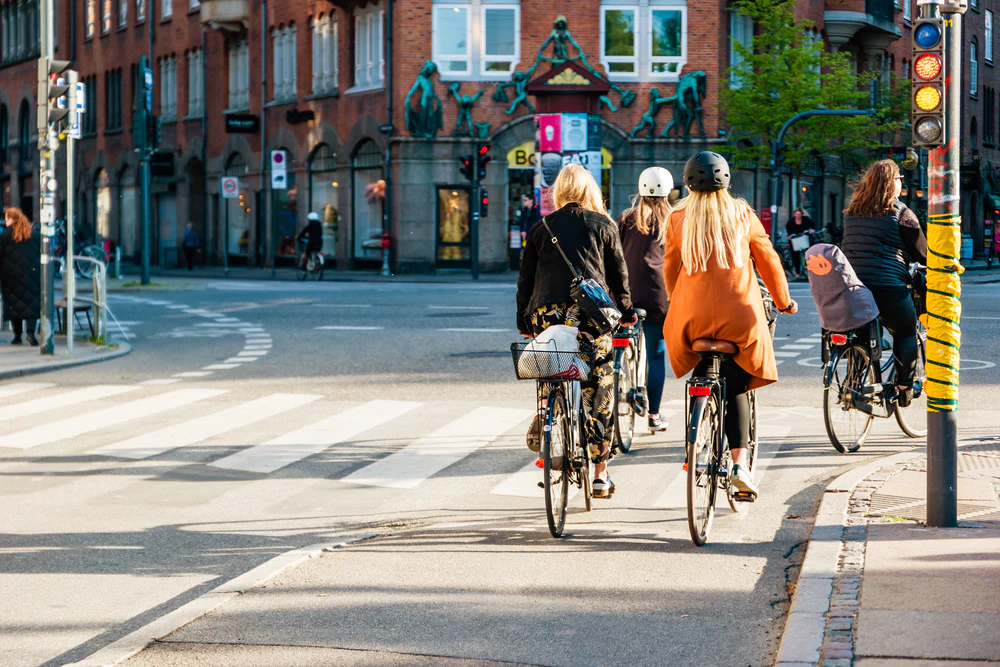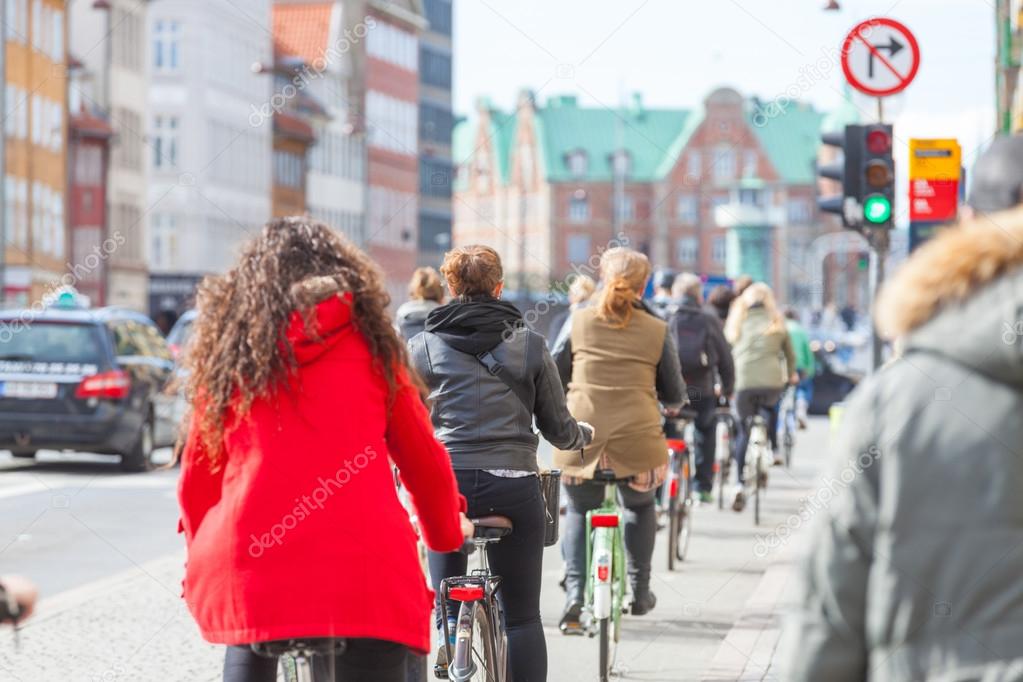Cycling Cities: How Urban Centers are Promoting Biking as the New Commuting
In the last several years, cities worldwide have realized the enormous advantages of elevating cycling to the level of a principal mode of transportation. With traffic congestion in urban locations becoming a permanent issue and more focus being placed on environmental matters, bicycles serve as a convenient and ecologically friendly option. Further, cycling-friendly infrastructure has not only been found to generate better revenues for community merchants but also lead to a better quality of city life.
The Rise of Bike Lanes: Creating Safer Streets

One of the most significant initiatives that cities can make to become cycling cities is creating purpose-built bike lanes. These lanes create a safe and confined space on roads that significantly lessens the probabilities of cyclists being involved in accidents with cars. Additionally, broader and well-maintained cycle paths attract more people to adopt cycling as a practical daily commute option jpslot login. Ultimately, cities can become less car-dependent, leading to reduced urban air pollution by emphasizing cyclist safety.
Economic Benefits: Cycling Cities Revitalizes Local Businesses
Encouraging people to ride bicycles not only helps the environment and improves one’s health but also fosters the local economy. Biking increases the number of stops at small businesses, mainly because it is easier to secure a parking spot or move through traffic. Moreover, tourists are more likely to find a city that can be explored in a fun, healthy, and affordable way. It can thus be stated that developing bicycle infrastructure can make one’s community more vibrant and financially stable.
Health Advantages: A Win for Public Wellness
Finally, regular cycling is hugely rewarding for one’s health and even offers a decreased risk of chronic diseases such as heart disease, stroke, and diabetes. As a result, fitness also tends to grow well, and therefore the mental health of individuals becomes invincible and can easily battle the sedentary lifestyles typical for urban environments. Moreover, decreasing intensive vehicular traffic leads to a significant reduction in air pollution, which benefits cities with overall improved air and respiratory health for their dwellers.
Environmental Impac Cycling Citiest: Reducing Carbon Footprints

Both of these emission-reducing measures are indicators of climate change, making cycling a major early player in the fight against global change. The lack of pollutants in the air and the overall wastage of resources to generate a bicycle as opposed to a car are critical . In addition to the usage of lesser vehicles on the road, the decreased noise emissions lead to the creation of nicer and calmer places.
Social Implications of Cycling Cities: Fostering Community Connections
In addition, cycling has far-reaching social impacts. Bike lanes and cycling activities enable citizens to engage with one another, which contributes to a town feel. Moreover, walking is a mode of transportation that is available to everyone regardless of age or economic status. A town bike program may help make friends with other people or bind the various sectors of the population.
Urban Design and Policy: Planning for a Cycling Cities-Friendly Future
In order to achieve this, urban planning and policies should prioritize making cities cycling-friendly by creating and maintaining bike lanes, offering enough bike racks, promoting bike-sharing programs, and planning for cycling in public transportation . Additionally, city policies should motivate companies and schools to actively promote cycling for their workers and students by providing bike parking and shower facilities as well as other encouragement.
Challenges and Solutions: Overcoming Barriers to Cycling Cities
Nonetheless, many obstacles prevent people from cycling widely around the world. Crime associated with bicycle theft, as well as the weather and unique terrain features, diminish the appeal of cycling. The good news is that innovative ideas, such as private parking or sanctuaries for bikes, protected lanes that would allow riding throughout the year, and contributions of electronic motorbikes reduce these constraints, allowing a greater proportion of people to get into cycling.
The Road Ahead for Cycling Cities

The global shift towards cycling cities is becoming more apparent as urban areas worldwide understand the many advantages of this lifestyle mode. Although aspects of this change present challenges, it is encouraging that innovative urban design and community involvement are ongoing and will continue to guide efforts to the future. As long as urban populations expand and transform, cycling will remain the primary way to produce sustainable, great places to live, and it is up to the city dwellers and commuters to decide if and when it will become a reality. Cycling’s popularity not only addresses the demands of the current transportation crisis but also provides long-term benefits to the city and its people. There will not be a genuinely cycling-friendly city without further backing and investment; instead, there will just be urban life as it was –less green, less healthy, and less connected.
Expanding Cycling Networks: Strategies for Urban Integration
As cities strive to enhance their cycling infrastructure, the focus shifts to creating a comprehensive and interconnected network of bike paths. It’s crucial for these networks to connect key areas such as residential neighborhoods, business districts, schools, and parks. Such connectivity not only promotes cycling as a practical and convenient mode of transportation but also ensures that more areas of the city become accessible without a car. Additionally, implementing clear signage and wayfinding systems can guide new and experienced cyclists safely through urban landscapes, boosting confidence and ease of travel.
Technological Enhancements: Smart Biking Solutions
In the age of technology, smart biking solutions are playing a pivotal role in promoting cycling. Innovations such as GPS-enabled bike-share programs allow users to easily find and rent bicycles. Moreover, mobile apps can provide real-time data on bike availability, weather conditions, and navigable routes, further enhancing the cycling experience. Cities are also exploring the integration of smart traffic lights that prioritize bike flow during peak hours, reducing waiting times for cyclists and improving overall traffic efficiency.
Educational Initiatives: Cultivating a Culture of Cycling
Education is key to fostering a robust cycling culture. Cities that succeed in increasing cycling rates often run comprehensive campaigns that educate the public about the benefits of cycling and how to do it safely. These programs target individuals of all ages and skills, from children learning to ride their bikes to adults who haven’t cycled in years. Schools, community centers, and workplaces are ideal platforms for these educational initiatives, providing bike safety classes, maintenance workshops, and encouragement programs like “Bike to Work” days.
Also read other interesting articles about Lidah buaya: Tanaman Ajaib yang Menyembuhkan dan Menyegarkan here
